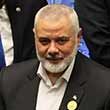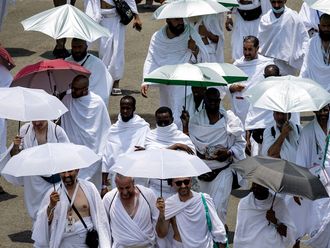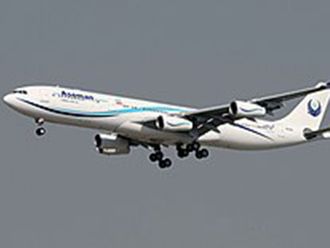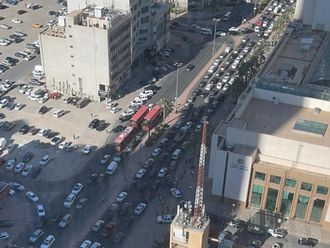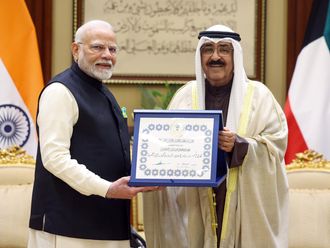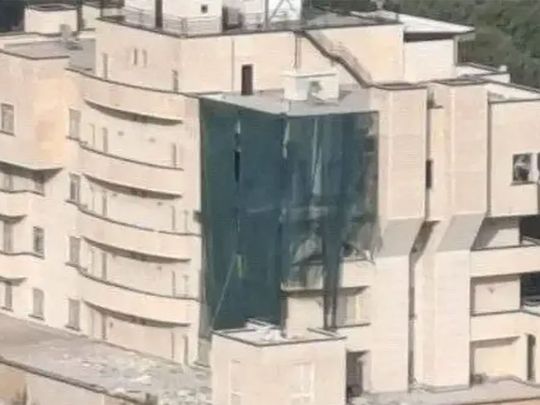
Dubai: Amid speculation about how Israel managed to target Hamas leader Ismail Haniyeh in Tehran, the New York Times (NYT) reported that he was killed by a bomb smuggled into the guesthouse where he was staying a few months earlier.
The report cited seven officials, including two Iranians and one American. The guesthouse, used for retreats, secret meetings, and housing prominent guests such as Haniyeh, suffered shattered windows and a collapsed portion of the wall but minimal damage to the building itself, suggesting that the attack was unlikely to have been a missile strike.
According to the NYT report, the explosion occurred around 2am local time and was triggered remotely, causing significant damage. It shook the building, shattered windows, and partially collapsed an exterior wall.
The report noted that the bomb had been hidden in the guesthouse approximately two months ago, quoting five Middle Eastern officials. The guesthouse, run and protected by the Islamic Revolutionary Guards Corps, is part of a large compound known as Neshat, located in an upscale neighbourhood of northern Tehran.
Some outlets, including the television channel Iran International, have reported that Israeli agents captured and interrogated Revolutionary Guards inside Iran to obtain intelligence. There have also been suspicions, following mysterious explosions around sensitive sites, that Israel may have conducted drone attacks inside Iran, although this has never been confirmed, according to AFP.
The bomb was detonated remotely once it was confirmed that Haniyeh was inside his room at the guesthouse. The blast also killed a bodyguard.
Meticulous planning
The explosion shook the building, shattered some windows, and caused a partial collapse of an exterior wall, according to two Iranian officials from the Revolutionary Guards briefed on the incident.
Such damage was also evident in a photograph of the building shared with The New York Times. Haniyeh, who had led Hamas’s political office in Qatar, had stayed at the guesthouse several times when visiting Tehran, according to the Middle Eastern officials.
All officials spoke on the condition of anonymity to share sensitive details about the assassination.
The NYT article mentioned that the meticulous planning behind the attack ensured that, despite the proximity of Ziyad Al Nakhalah, leader of the Palestinian Islamic Jihad, who was staying next door, his room sustained minimal damage, as claimed by two Iranian officials.
Soon after the assassination reports, including those from Iranian state media, suggested that Haniyeh might have been targeted by a drone or a precision-guided missile.
Some Iranian media reports speculated that Haniyeh’s phone was intercepted, allowing his location to be tracked via GPS. Iranian officials have not commented on the specific circumstances surrounding the death of the Hamas leader.


